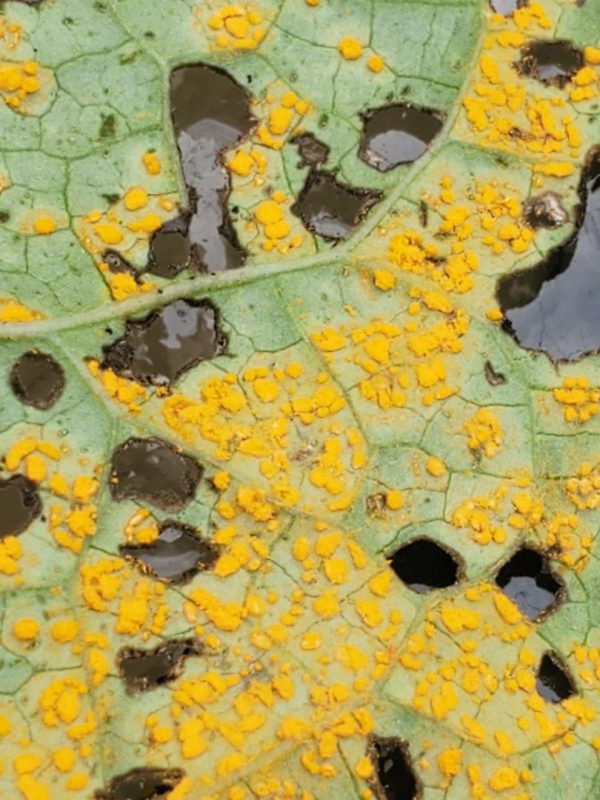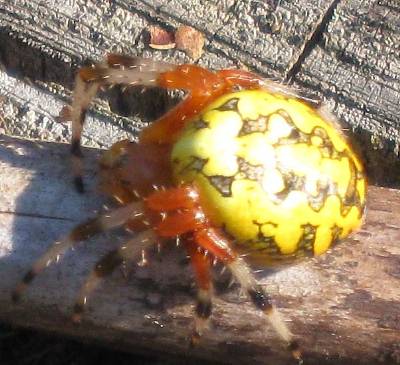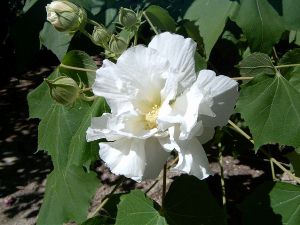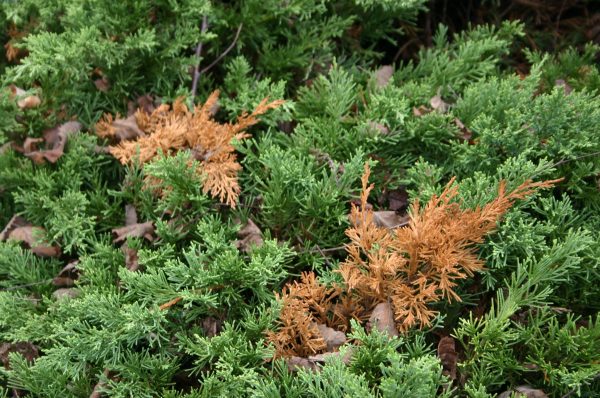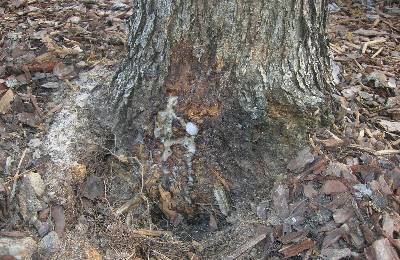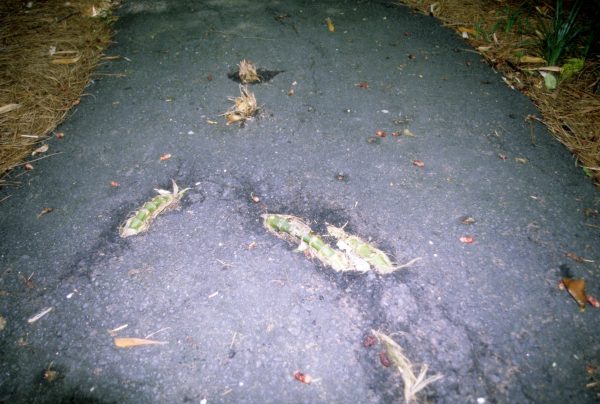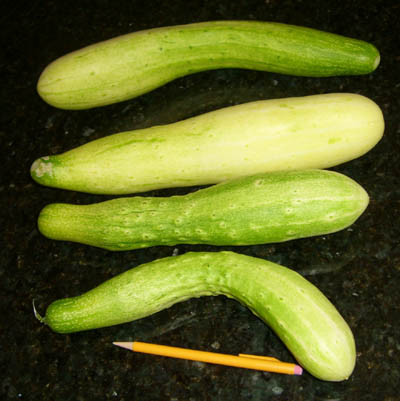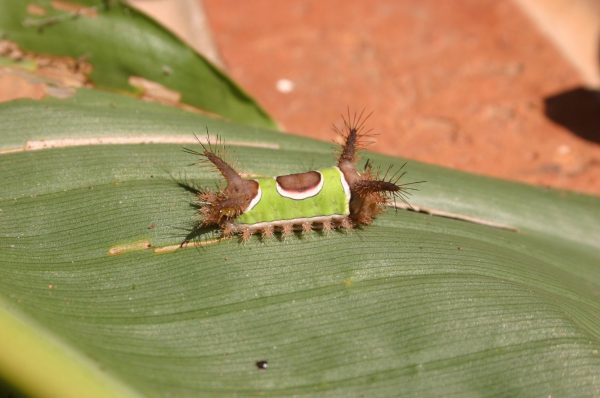Lawn – Fall Chores
For the first several months of new fatherhood I frequently felt like an idiot. Every time my son spit up a little cereal his mom and I assumed it was projectile vomiting and fearfully called our pediatrician. If he cried for more than a few minutes I began calculating the psychotherapy bills I’d be paying for his abandonment issues.
One of the best things we ever did was to join a playgroup. Sharing questions and answers among novice and experienced parents was a mental lifesaver for us all. There is no shame in admitting you don’t know something when you have never been exposed to the situation before.
Pat Combs wrote me a few weeks ago to say “We have just moved to a new subdivision. We had fescue grass where we lived before and I didn’t spend much time on the upkeep of the lawn. Now we have bermudagrass sod in front and back. I am totally ignorant about maintaining a bermudagrass lawn. How do you measure how to cut it? How do you measure irrigation? Your Bermudagrass Calender says to overseed with ryegrass in September. Is this correct? I would have thought I’d overseed with bermudagrass seed.”
Excellent questions all. Let’s deal with them in order.
MOWING HEIGHT Each kind of grass has its own preferred mowing height. They are as follows:
Grass Cutting Height (inches)
Tall fescue 2-3
Common bermudagrass 1-2
Hybrid bermudagrass 0.5-1.5
Zoysiagrass 0.5-1.5
Centipedegrass 1-1.5
St. Augustine grass 2-3
Ryegrass 1-2
There are two ways to measure cutting height. The first is to park the mower on the driveway and look through the discharge chute to find the blade. Disconnect the spark plug and then rotate the blade until it is close to the chute. Use a flexible measuring tape to measure the distance between the blade and the pavement.
The second way is simply experiential. Mow a flat area and then use a ruler to measure how high the grass stands after mowing.
IRRIGATION AMOUNT In general, a lawn needs 1 inch of water per week, including rainfall, during the growing season. Irrigation, if needed, should be applied only once per week. The easiest way to measure irrigation is to set out a few tunafish cans in the lawn when you sprinkle. When their average water depth equals one inch, it’s time to stop.
OVERSEEDING Some folks enjoy mowing a green lawn so much that they plant ryegrass seed into their bermudagrass lawn in the fall. The ryegrass grows vigorously, makes an emerald green lawn in winter but dies when hot weather approaches in May. The term “overseed” simply means to plant seed on top of an existing lawn. My advice to Pat is to wait until he has more experience with bermudagrass maintenance before attempting overseeding with ryegrass.
WINTERIZERS I’ve had more than a few questions in the last couple of weeks about winterizer fertilizers. There is limited research that shows that warm season lawns can benefit in the fall from fertilizers that contain extra phosphorus and potassium – so-called “winterizers”. The theory is that the phosphorus and potassium strengthen cell walls and help the grass survive the rigors of winter. In addition, cool temperatures, short days and high light intensity cause nitrogen fertilizer applied at this time to be quickly converted into carbohydrates. The carbohydrates are stored for use the following growing season, providing earlier spring green-up.
Winterizing a lawn is one of those jobs that has to be done during a narrow window in the fall to benefit your turf. The best time to winterize is four to six weeks before the first frost. The first frost in metro Atlanta is usually between the end of October and the middle of November.
Counting backwards from those dates, the time to apply a winterizer fertilizer to bermudagrass and zoysiagrass lawns is in the first couple of weeks of September.
Before you make a mad rush to the garden center though, remember that if your lawn already has high levels of phosphorus and potassium your grass won’t benefit from a winterizer.



